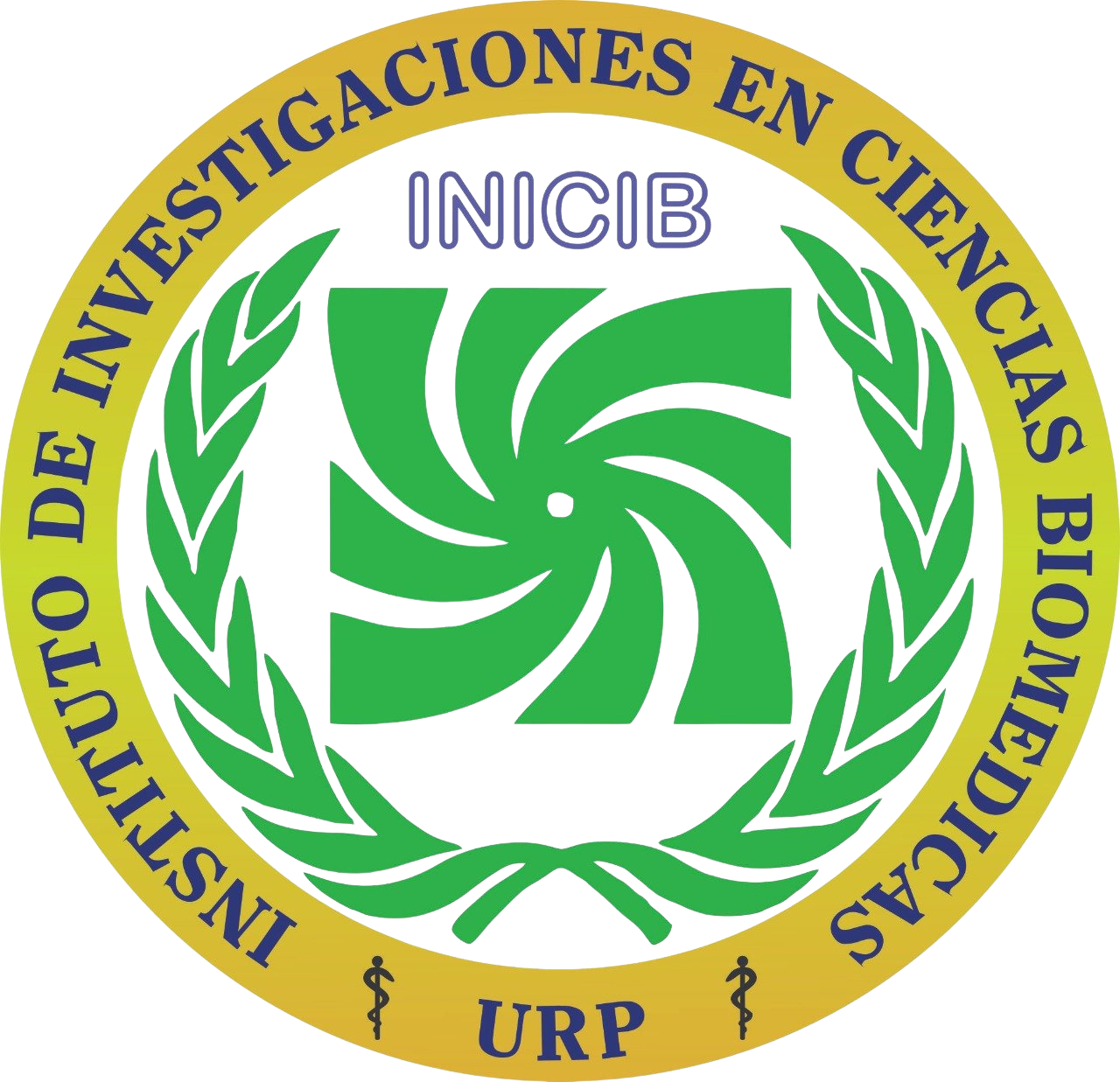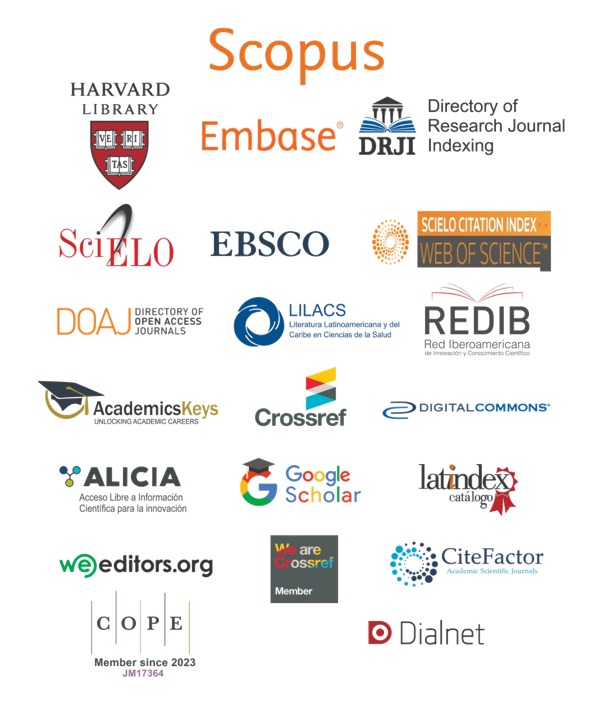Response to Temozolomide in patients with metastatic melanoma in a third level medical facility
Respuesta a Temozolomida en pacientes con melanoma metastásico en un hospital de tercer nivel de atención
DOI:
https://doi.org/10.25176/RFMH.v22i2.4788Keywords:
Malignant Melanoma, Metastasis, TemozolomideAbstract
Introduction.Melanoma is a public health problem; it represents 4% of malignant skin tumors and is responsible for 80% of deaths from this type of neoplasm.
Objective: Show the response to Temozolomide in patients with metastatic melanoma.
Methods: Descriptive, cross-sectional study. The clinical response of patients with metastatic melanoma, managed with Temozolomide 200 mg/m2 once a day was analyzed for 5 days every 28 days. The risk factors analyzed were: histological variety, topographic region of the primary lesion, metastasis, ulceration, and Breslow. Descriptive statistics were used for normality Kolmogorov-Smirnoff, Student's t-test, and binary logistic regression.
Results: There were 51 les, 47 met the criteria; 25 men, 22 women, mean age 54.45, minimum 22, maximum 85 years, Complete response was obtained in 3 (6.3%), partial response in 7 (14.8%), stable disease in 10 (21%) and disease progression in 27 (57.44%) patients. The presence of ulceration is associated with a higher Breslow index and, as a result, a higher risk of disease progression.
Conclusions: Temozolomide as monotherapy is a treatment that presents low rates of complete response and partial response, showing better results in patients with lymph node metastases.
Downloads

Downloads
Published
How to Cite
Issue
Section
License
Copyright (c) 2022 Revista de la Facultad de Medicina Humana

This work is licensed under a Creative Commons Attribution 4.0 International License.


































